Introduction
Thyroid disorders—whether hypo-, hyperthyroidism, or goiter—often lead to complex physical and psychosocial challenges that impact patients’ daily lives. Consequently, precise, disease-specific tools are vital for understanding and improving patient-reported outcomes. The Thyroid-Specific Patient-Reported Outcome-39 (ThyPRO-39) was developed to meet this demand. Validated in 2015 and now cited in over 150 citations, ThyPRO-39 is a streamlined yet comprehensive instrument tailored to measure health-related quality of life (HRQoL) in patients with benign thyroid disorders (Watt et al., 2015; Cramon et al., 2016).
An international team of clinicians and psychometric experts—including Torquil Watt, Jakob Bue Bjorner, and Ulla Feldt-Rasmussen—developed ThyPRO-39 as a shorter version of the original ThyPRO-85. The revised tool preserves robust psychometric properties while reducing administrative burden.
Key Features of the Thyroid-Specific Patient-Reported Outcome-39 (ThyPRO-39)
Purpose and Use
ThyPRO-39 is specifically designed for assessing the quality of life in patients with benign thyroid conditions, including:
- Hypothyroidism
- Hyperthyroidism
- Non-toxic goiter
- Graves’ orbitopathy
The tool captures symptom burden, functional limitations, and psychosocial well-being, enabling a holistic view of the patient’s thyroid-related experience.
Target Population
ThyPRO-39 is normed and validated for use in adults aged 18 and older with benign thyroid diseases, including:
- Young Adults (18–24)
- Middle-Aged Adults (25–44)
- Older Adults (45–64)
- Seniors (65+)
It is not intended for pediatric populations.
Structure
The ThyPRO-39 includes:
- 39 items
- 13 symptom/impact scales, covering areas such as:
- Goiter symptoms
- Eye symptoms
- Tiredness
- Cognitive impairment
- Anxiety and depressivity
- Emotional susceptibility
- Sexual function and social life
- A composite score summarizing overall HRQoL
Each item is rated on a 5-point Likert scale (0–4), with raw scores transformed into a 0–100 scale—higher scores indicating worse quality of life.
Scoring Method
Responses use a 0–4 Likert scale. Total and subscale scores are transformed to a 0–100 scale for interpretation, where:
- 0 = Best QoL
- 100 = Worst QoL
No universal cut-off exists. Instead, clinicians interpret changes in scores over time, making the tool ideal for monitoring treatment impact and tracking disease progression.
Administration Format
The ThyPRO-39 takes 8 – 10 minutes to administer, making it highly efficient. It can be conducted via:
- Paper-based forms
- Digital (Online) platforms
- Mobile app
- In-person (Interview)
- Phone/Video call
Its self-administered format, requiring no specialized training, enhances its practicality for busy clinical environments.
Applications of Thyroid-Specific Patient-Reported Outcome-39 (ThyPRO-39)
ThyPRO-39 proves useful in various contexts:
- Screening: Identifies QoL impairments in newly diagnosed patients
- Monitoring: Tracks changes in symptoms post-intervention
- Treatment Planning: Helps tailor patient-centered treatment strategies
- Research: Enables outcome comparison across populations and interventions
Languages and Availability
To enhance global adoption, ThyPRO-39 has been translated and validated in 30+ languages, including:
- English, Arabic, Hindi
- Mandarin, Spanish, Portuguese
- German, Danish, Dutch, Greek
- Polish, Thai, Hungarian, Persian
- As well as more than 23 languages (Danish, Dutch, Greek, Spanish, Hungarian, Italian, Lithuanian, Norwegian, Persian (Farsi), Polish, Turkish, Thai)
This linguistic diversity allows for cross-cultural comparisons and broader population studies.
The ThyPRO-39 is free for non-commercial research and clinical applications, offering broad accessibility. However, commercial or funded academic use requires permission from the publisher (Mary Ann Liebert, Inc.). The tool is under a proprietary license but allows free use with attribution.
Reliability and Validity
The ThyPRO-39 is recognized as a highly reliable and valid instrument for assessing thyroid-related HRQoL. Its psychometric strength includes:
- Cronbach’s alpha: 0.70–0.93 (indicating excellent internal consistency)
- Test-retest reliability: r = 0.75–0.89 (strong stability over time)
Limitations and Considerations
However, despite its strengths, the ThyPRO-39 has a few limitations:
- Self-report: Respondents may be influenced by social desirability bias or personal interpretation
- Cultural Bias: May require localized validation to ensure sensitivity across populations
- Social Desirability Bias: Respondents may answer in ways they believe are more socially acceptable, potentially skewing results.
- Ceiling Effects: Certain subscales—such as Impaired Social Life—may exhibit limited sensitivity in patients with mild disease, reducing the tool’s ability to detect subtle changes.
Other Versions and Related Questionnaires
Alternative Versions of ThyPRO-39
- ThyPRO-85: The original, full-length version with 85 items—recommended for detailed research applications.
Complementary Questionnaires
- GO-QOL: Graves’ Ophthalmopathy Quality of Life questionnaire
- ThyTSQ: Thyroid Treatment Satisfaction Questionnaire
- THYCA-QoL: Thyroid Cancer-Specific Quality of Life
- Generic PROs (e.g., SF-36v2, EQ-5D): Used for broader comparisons across conditions
Additional Resources
For more information on the ThyPRO-39 and to access the full questionnaire, visit the following resources:
- You can access the questionnaire as a PDF through this link
- For inquiries, contact Ernst Eypasch or Torquil Watt: torquil.watt@regionh.dk
- For additional GIQLI resources, consult Oxford University Press
- Validation and Application of GIQLI in Brazilian Portuguese – Universidade Federal do Ceará Repository
- Measurement Properties of ThyPRO-39 in Hypothyroid Patients – Springer Professional
- Arabic Validation of GIQLI – Menoufia Medical Journal
Frequently Asked Questions (FAQ)
- Who can use the ThyPRO-39?
Clinicians, researchers, and healthcare professionals treating adults with benign thyroid conditions. - How long does it take to complete the ThyPRO-39?
Approximately 8–10 minutes, allowing integration into standard clinical workflows. - How is the ThyPRO-39 administered?
Flexible formats: paper-based, digital, mobile app, in-person interview, or Phone/Video call. - Is there any cost to using the ThyPRO-39?
Free for research and clinical use. Commercial use requires publisher permission.
A word from ResRef about Thyroid-Specific Patient-Reported Outcome-39 (ThyPRO-39)
The Thyroid-Specific Patient-Reported Outcome-39 (ThyPRO-39) offers a rigorously validated tool that addresses a critical gap in thyroid care. Although each translation requires context-specific validation, the tool’s brevity and comprehensiveness make it indispensable for clinical and research settings. Future studies should standardize cut-offs and develop pediatric adaptations.
References
- Watt, T., Bjorner, J. B., Groenvold, M., Cramon, P., Winther, K. H., Hegedüs, L., … & Feldt-Rasmussen, U. (2015). Development and validation of the ThyPRO-39. British Journal of Surgery, 102(5), 491–500. (link)
- Boronat M, González-Lleó A, Rodríguez-Pérez C, Feldt-Rasmussen U, López-Plasencia Y, Rasmussen ÅK, Alberiche-Ruano MP, Hegedüs L, Alvarado-Martel D, Bonnema SJ, Marrero-Arencibia D, Groenvold M, Bjorner JB, Watt T. Adaptation and cross-cultural validation of the Spanish version of the Thyroid-Related Quality-of-Life Patient-Reported Outcome questionnaire. Endocrinol Diabetes Nutr (Engl Ed). 2018 Nov;65(9):500-507. English, Spanish. Epub 2018 Aug 17. PMID: 30126798. (link)
- Wong, C.K.H., Choi, E.P.H., Woo, Y.C. et al. Measurement properties of ThyPRO short-form (ThyPRO-39) for use in Chinese patients with benign thyroid diseases. Qual Life Res 27, 2177–2187 (2018). (link)
- Rigó, A., Malkov, K., Szabó, A. et al. Adaptation and validation of the Hungarian version of Thyroid-Related Patient-Reported Outcome-39 (ThyPro-39) questionnaire: testing factor structure, known-group validity with the comparison of quality of life in Hashimoto’s thyroiditis and Graves’ disease. J Patient Rep Outcomes 7, 60 (2023). (link)


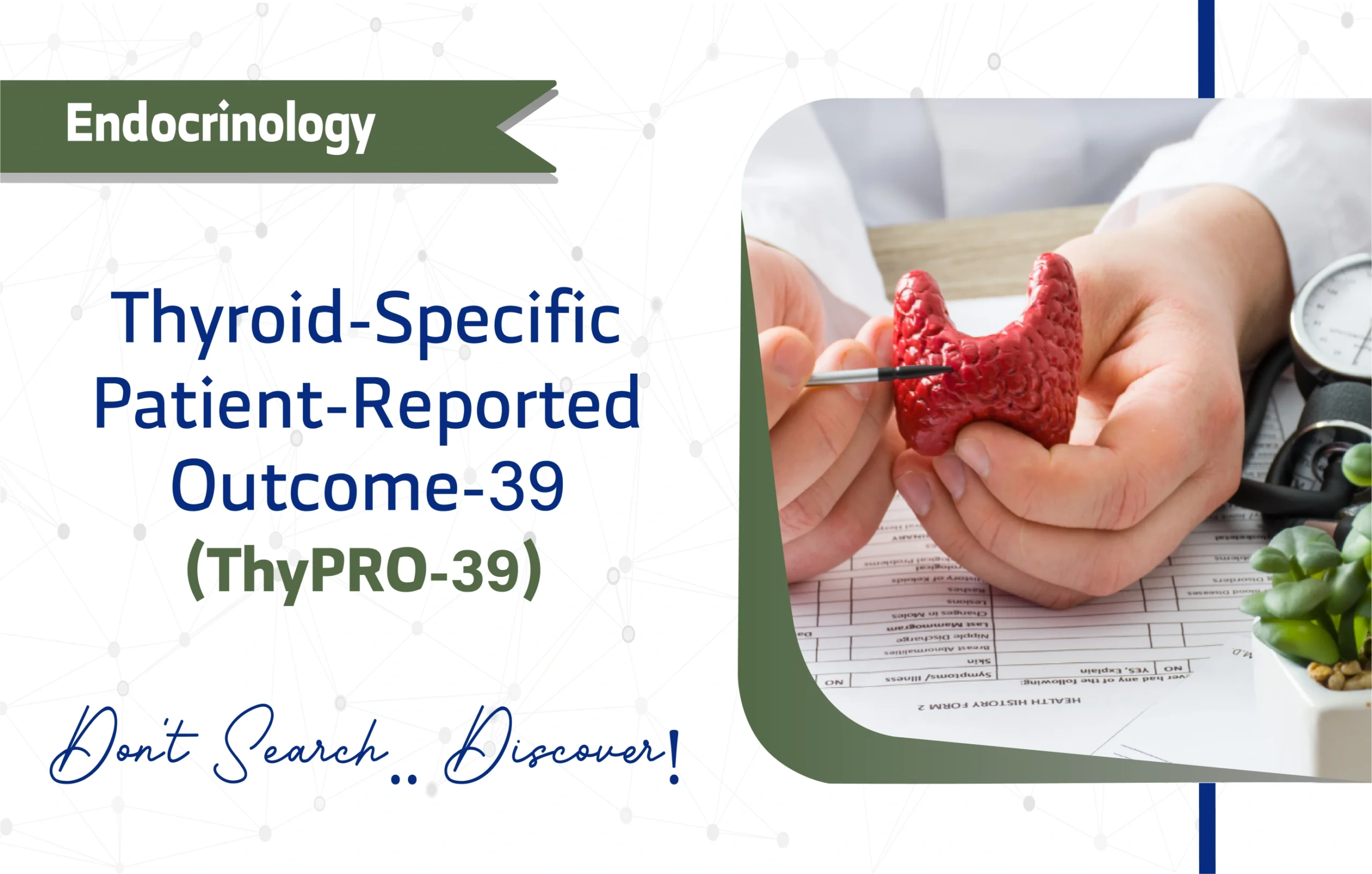
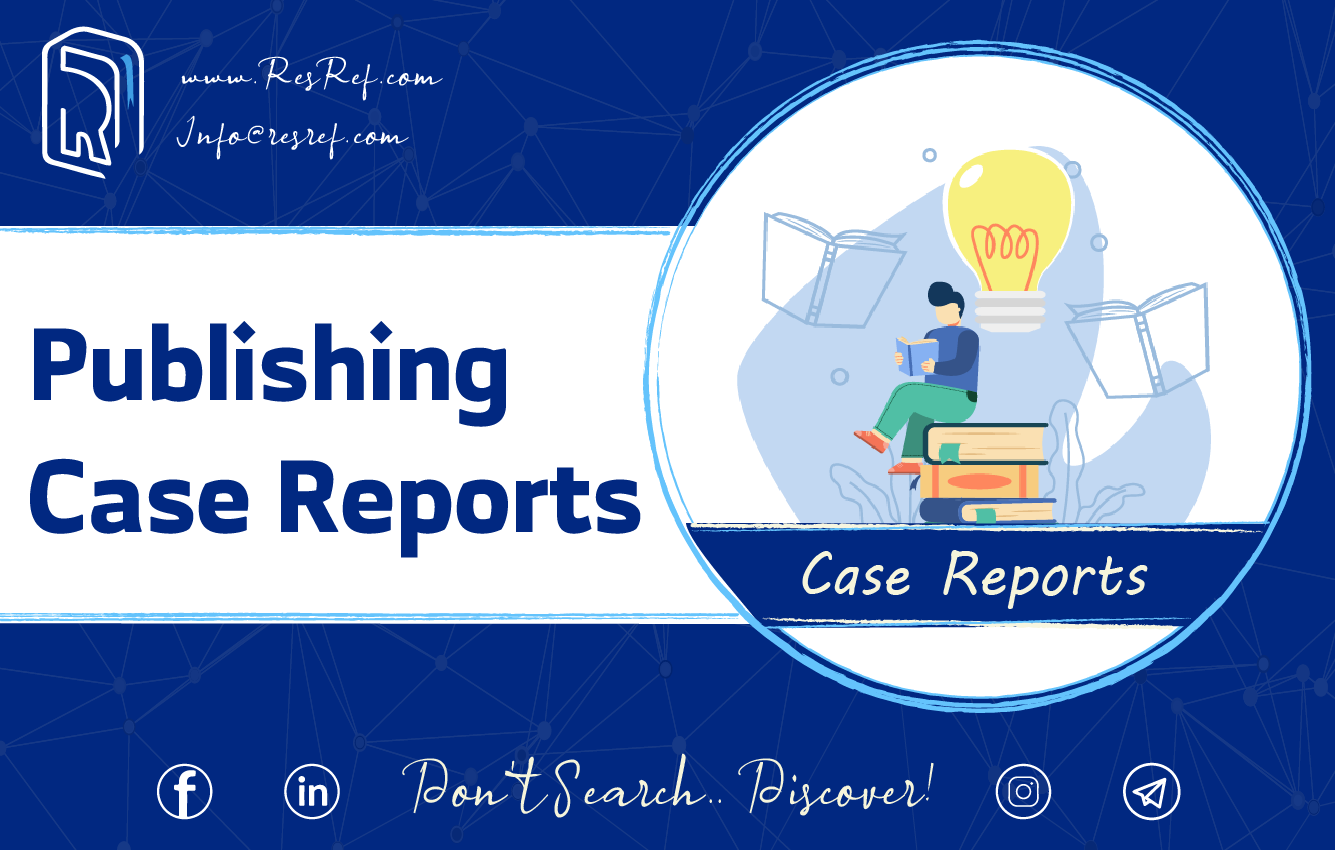
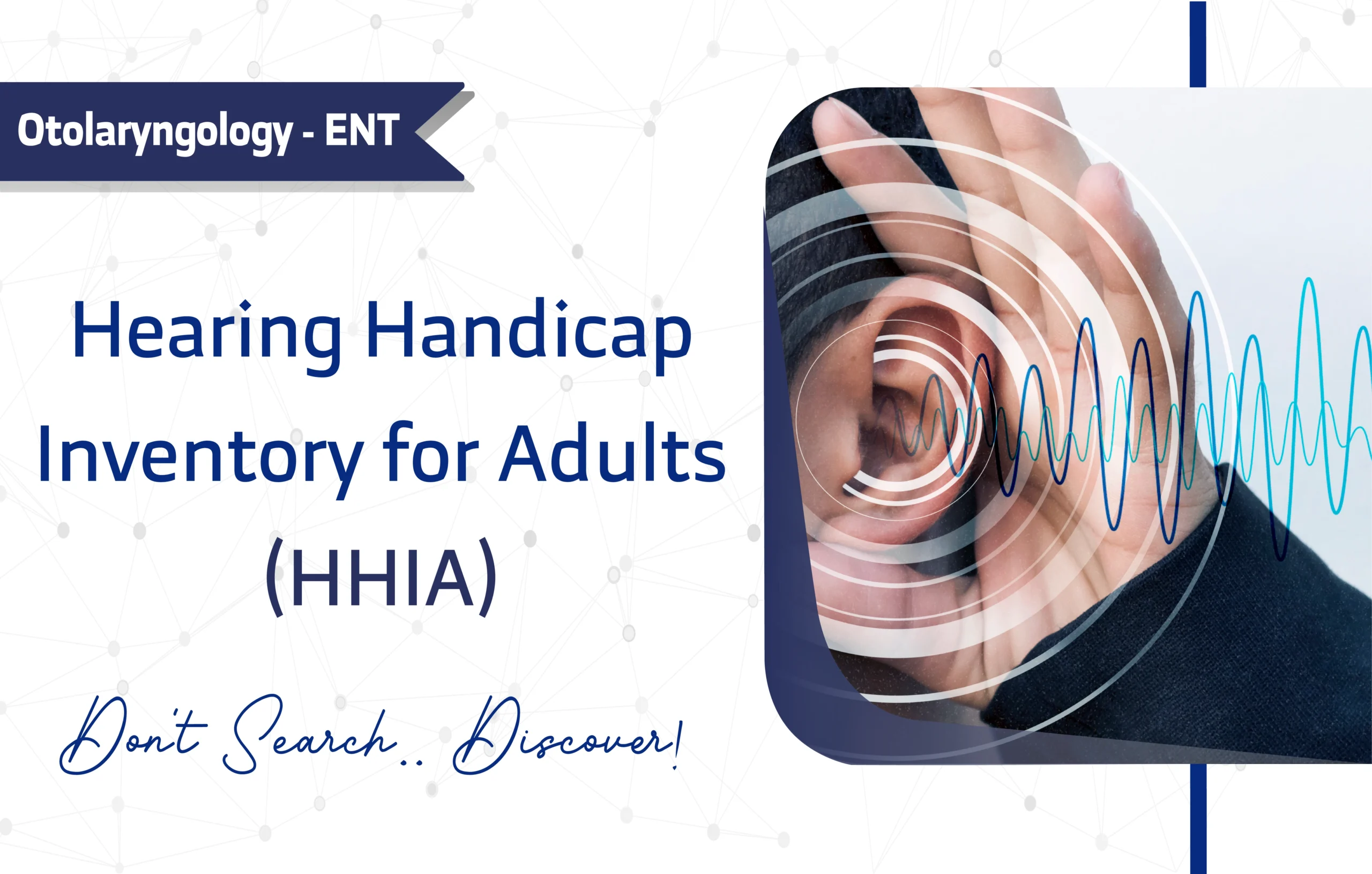
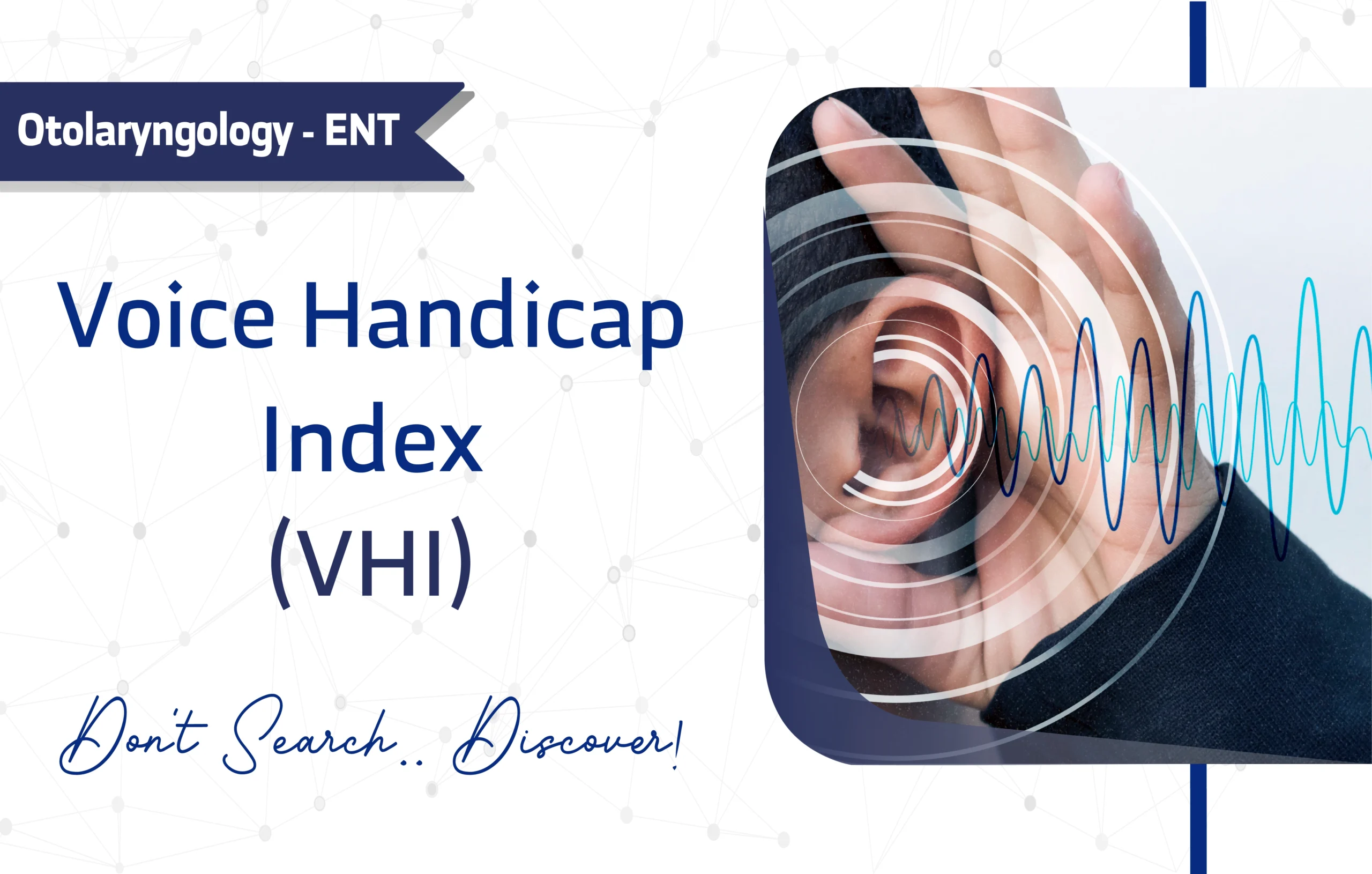
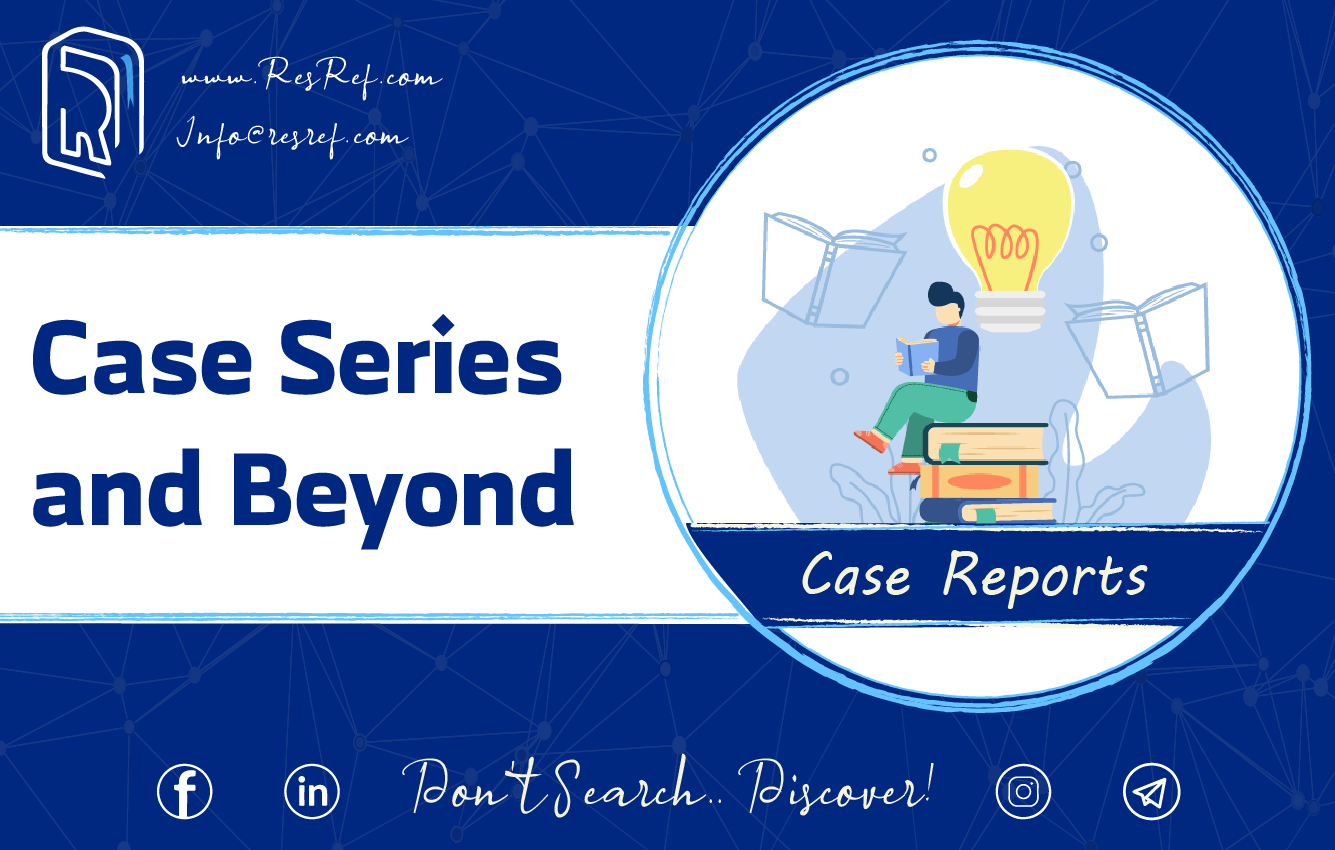
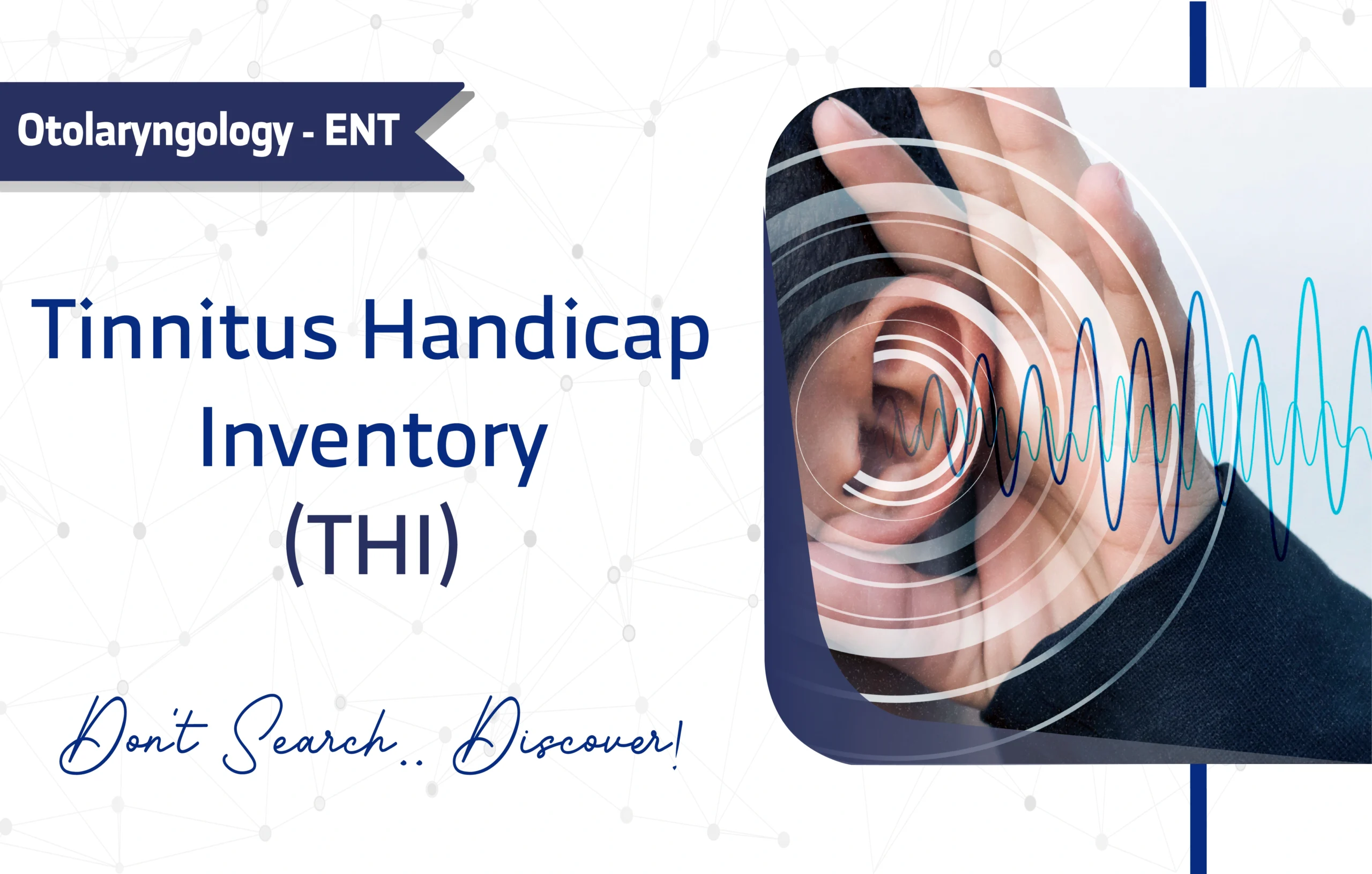
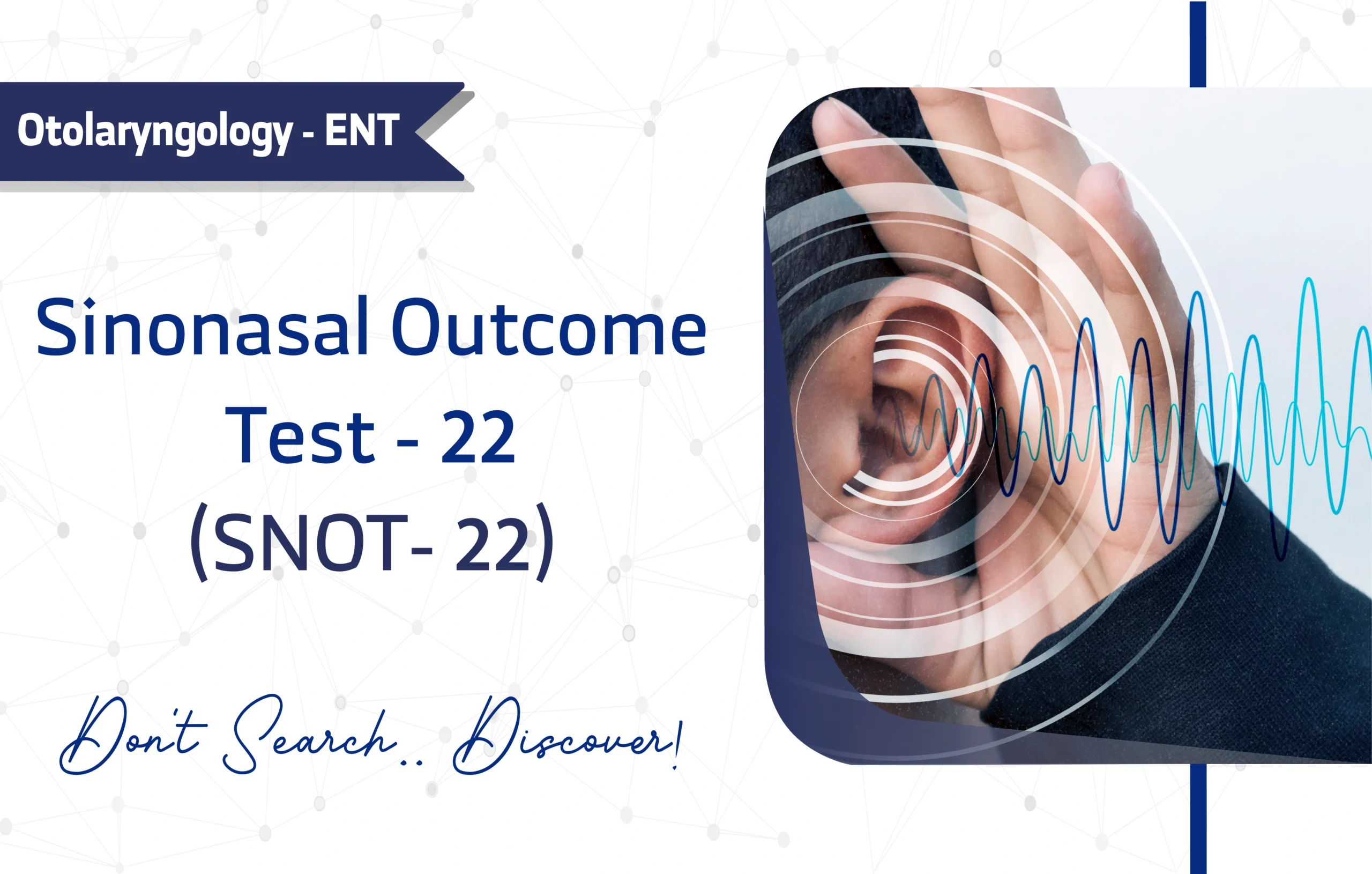
1 thought on “Thyroid-Specific Patient-Reported Outcome-39 (ThyPRO-39): A Full Guide for Researchers and Clinicians”
Great article, great blog, great format.